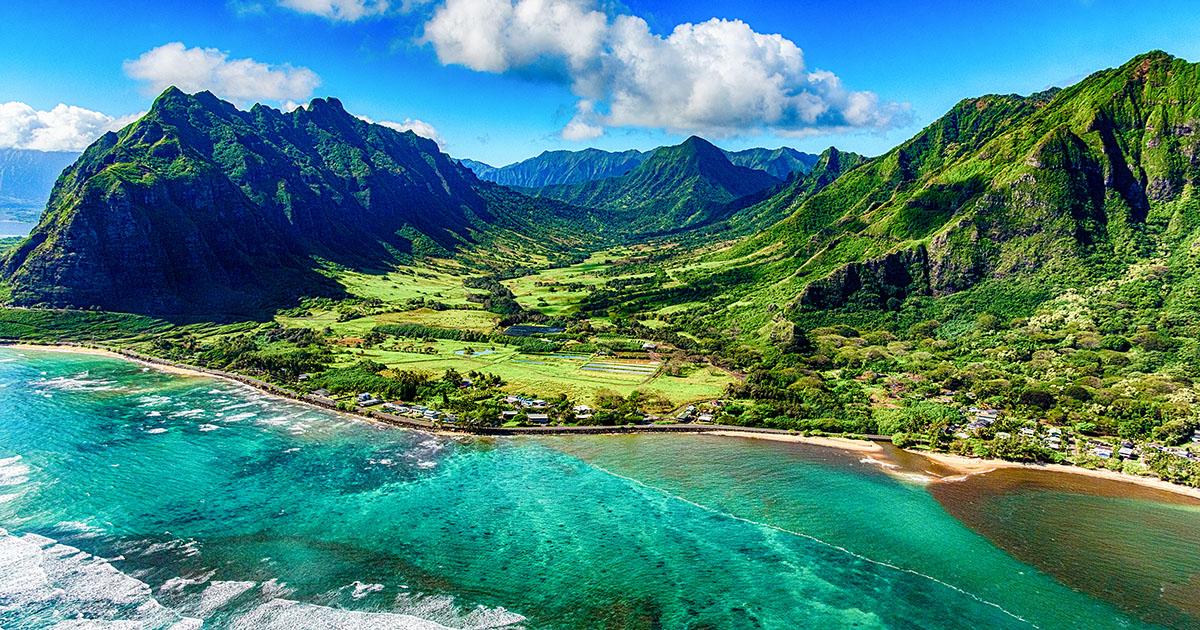Coverage of the molten lava streaming from the Kilauea volcano on the island of Hawaii makes a compelling example of the power of Mother Nature and has millions of people focused on their TV screens. It does not, however, offer an accurate depiction of the true impact of the volcanic eruption, which is confined to a fraction of 1 percent of the island’s land area, according to two MPI members seeking to set the record straight during the MPI World Education Congress.
MPI Aloha Chapter President Mary Neister, vice president of meetings, conventions and incentives for Meet Hawaii, the Hawaiian Visitor and Convention Bureau, and Lauren Otomo Manuel, chapter president-elect and an account executive for Desilva Meeting Consultants, said national media coverage of the eruption is leaving out some pertinent facts and giving TV viewers a false impression about what’s happening on the largest island in the Hawaiian chain.
“What’s happening in Hawaii is being sensationalized,” Neister said. “The island of Hawaii is nicknamed the big island for a very good reason—it’s 4,028 square miles and the affected area of the Kilauea eruption is taking place in less than 10-square-mile area.”
Neister and Manuel said the volcanic activity and the small piece of land area it is affecting are on the southeast side of the island in the Puna district and the major tourism and hotel areas on the island of Hawaii are on the island’s west side. The Kona and Kohala coasts are a three-hour drive from the volcanic activity.
The island’s major airport in Kona, also on the west side, is not affected by the eruption, they said. In addition, Hilo International Airport on the east side is also unaffected.
Manuel said that while there have been some events that have rescheduled to a later date, not many have actually cancelled. But both Neister and Manuel urged both groups and individual travelers to research before making decisions. They advised checking some fact-oriented websites that are updated regularly, such as the following.
-
Hawaii Tourism Authority Special Alerts: http://hawaiitourismauthority.org/news/special-alert
-
Hawaii Interagency Vog Information Dashboard: https://vog.ivhhn.org
-
For forecast information: http://mkwc.ifa.hawaii.edu/vmap/hysplit
-
To view SO2 conditions in real time across the state: http://www.hiso2index.info
-
For statewide air quality: https://bit.ly/2I33ixd (data and forecasts courtesy of the Hawaii State Department of Health - Environmental Health Division).
Planners can also get current information by emailing the following sources: the Hawaii Tourism Authority (info@gohta.net) Hawai‘i Visitors and Convention Bureau/Hawai‘i Tourism United States (info@hvcb.org) and Island of Hawaii Visitors Bureau (islandofhawaii@hvcb.org). And RFP submissions can be sent to www.meethawaii.com.



